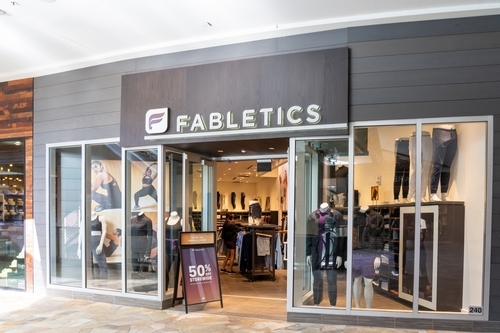That lead generated through your banner ad was probably from a consumer between the ages of 25-44, with a household income under $40,000. This demographic accounted for 50% of all banner-ad clicks, despite comprising only 6% of the population, according to a new study.
This group differs in others ways from the general Internet-using population as well. While they spend four times as much time online as less-enthusiastic clickers, their spending does not reflect this level of online participation, according to the study.
They are also more likely to visit auction, gambling and career services sites than less-enthusiastic banner ad clickers.
Furthermore, there didn’t appear to be any correlation between measured attitude towards a brand and the number of times an ad for that brand was clicked. Research sponsors Starcom USA (a media agency); behavioral targeting network Tacoda, and digital consumer insight company comScore suggested digital campaigns that have a branding objective should reconsider optimizing for high click rates, as doing so does not necessarily improve campaign performance.
"While the click can continue to be a relevant metric for direct response advertising campaigns, this study demonstrates that click performance is the wrong measure for the effectiveness of brand-building campaigns," said Erin Hunter, executive vice president at comScore, in a statement.
There were several anomalies that tipped off the research. For instance, women traditionally are much more likely than men to participate in online sweepstakes. Yet sweepstakes players click through offers for products that skew male – such as electric shaves, sports memorabilia, home repair items at the like – much higher than other groups do.
Hunter continued, "For many campaigns, the branding effect of the ads is what’s really important and generating clicks is more of an ancillary benefit. Ultimately, judging a campaign’s effectiveness by clicks can be detrimental because it overlooks the importance of branding while simultaneously drawing conclusions from a sub-set of people who may not be representative of the target audience."
Is there any benefit this group can offer marketers? Well, if exposure, as opposed to sales, is a goal, heavy clickers tent to spend five times as many minutes, and view eight times as many Web pages, as non-clickers. They may not be buying in proportion to their clicks, but they certainly are looking.
 Network
Network


